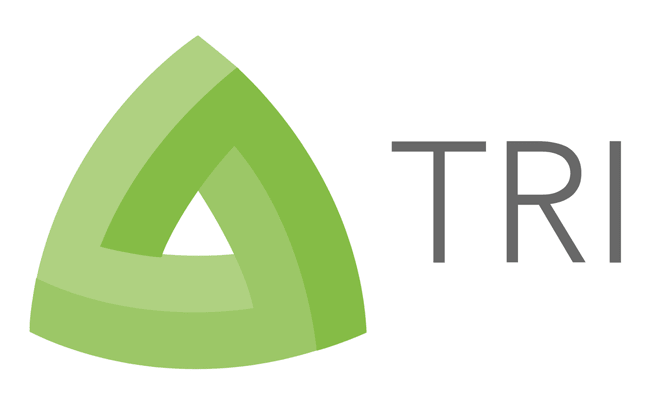Latest Posts Grid
This block allows you to display the latest posts of any post type (posts, pages, portfolio etc). Post grids can be displayed in a number of ways.
Example:
How to make initial header transparent and opaque on scroll
You can make the header sit over the content below it using the page header metabox. This is good for achieving a layout where the background image stretches. This is good until you get past this section and you need the …

Make blog posts have video thumbnail featured images
This tutorial will show you how to make your featured images use YouTube videos. To achieve this, you need to overwrite the tri_post_thumbnail() function and add a custom field for the YouTube video ID. Step 1. Create Advanced Custom Field for …
How to insert a Post Grid Block
Post grid blocks can be added in the Gutenberg editor using the “Post Grid” block.
Count Up Properties
| Property | Description | Default |
|---|---|---|
| Post Type Slug | The name of the slug that corresponds to the posts that you want to display for. You can view what the slug is by hovering over the post type in the left menu and seeing the URL that it will be. The end part of the URL …post_type=MYPOSTTYPE where MYPOSTTYPE is the value you want to add to this field. | |
| Items to show | Sets how many items are displayed | |
| Columns | How many columns the posts should be displayed in | |
| Shadow | Whether each post has a shadow or not around it | 3 |
| Animate | Whether the posts will animate in using one of the built in animations | none |
Don’t forget to read the Documentation too.
The Posts Grid block is built with Advanced Custom Fields and requires the Pro plugin to work.
